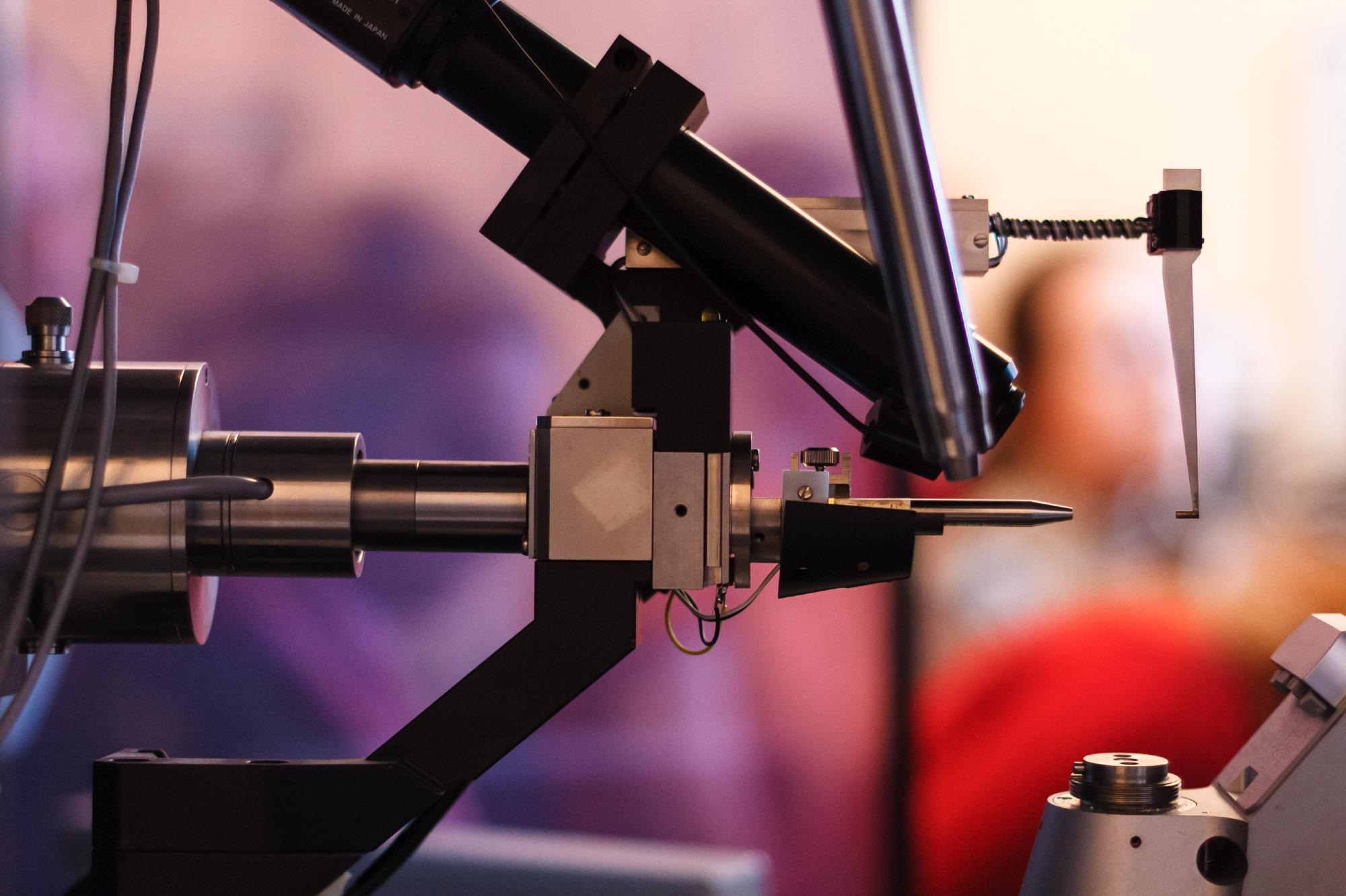Jun 9 2021
Ceramic materials, known for their crack resistance, find applications in various industries, ranging from dentistry to aerospace engineering. Reinforcing these materials to enhance their safety and efficiency is a major area of research.

Image Credit: Shutterstock.com/ Gregory A. Pozhvanov
Scientists from the University of Tsukuba have used time-resolved X-ray diffraction to visualize transformation toughening in zirconia ceramics at the time of dynamic fracture. The results of the study were published in the Applied Physics Letters journal.
Present methods of observation allow researchers to visualize the formation of cracks in materials in situ while applying loads. Such close-up analyses can record changes on a minuscule scale with a fast resolution, offering distinct pictures of fractures and the way that the materials resist them through toughening.
Yet, transformation toughening of ceramic materials is linked to changes in their atomic-level arrangement and such changes cannot be seen using existing methods. Acquiring a real-time image of these transformations in the crystal structure is significant to fully understand the material’s response to dynamic loading.
Therefore, the researchers used time-resolved X-ray diffraction to track the behavior of yttria-stabilized tetragonal zirconia polycrystals (Y-TZP) exposed to shock loading.
Y-TZP is a widely used ceramic material with high strength and fracture toughness that has numerous applications. There is therefore a lot of focus on understanding it better so that we can continue to optimize it. Until now, we haven’t had a clear picture of when in the fracture process crystal structure changes take place, so our understanding of transformation toughening in Y-TZP has been slightly muddy.
Atsushi Kyono, Professor, University of Tsukuba
Y-TZP has a tetragonal crystal structure under normal conditions, and this structure did not change upon applying the load. But small traces of the monoclinic phase were detected at the beginning of dynamic fracturing. This indicated that dynamic fracture plays a key role in the transformation toughening process.
The team demonstrated that the transformation toughening is linked to a process called spall fracture, which sheds light on the origin of the high spall strength of zirconia ceramics.
In addition to revealing some of the underlying causes for the behavior of zirconia ceramics, we have demonstrated the feasibility of our method for in situ analysis of crystal structure changes. We believe that our findings will contribute to the continued development of tough ceramics for a wide range of applications from electric insulator parts to kitchen utensils.
Sota Takagi, Study First Author, University of Tsukuba
Journal Reference:
Takagi, S., et al. (2021) Visualization of transformation toughening of zirconia ceramics during dynamic fracture. Applied Physics Letters. doi.org/10.1063/5.0044607.